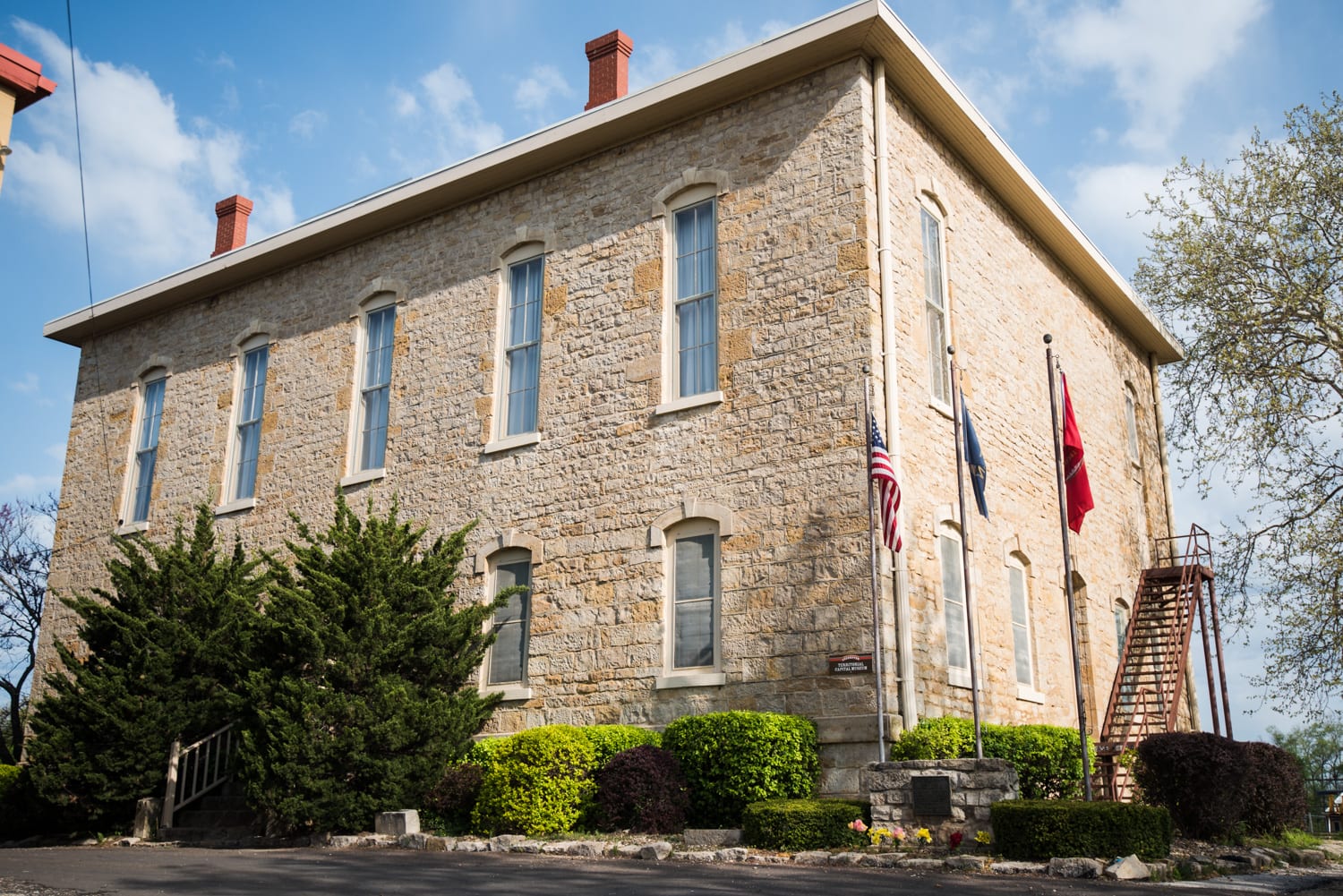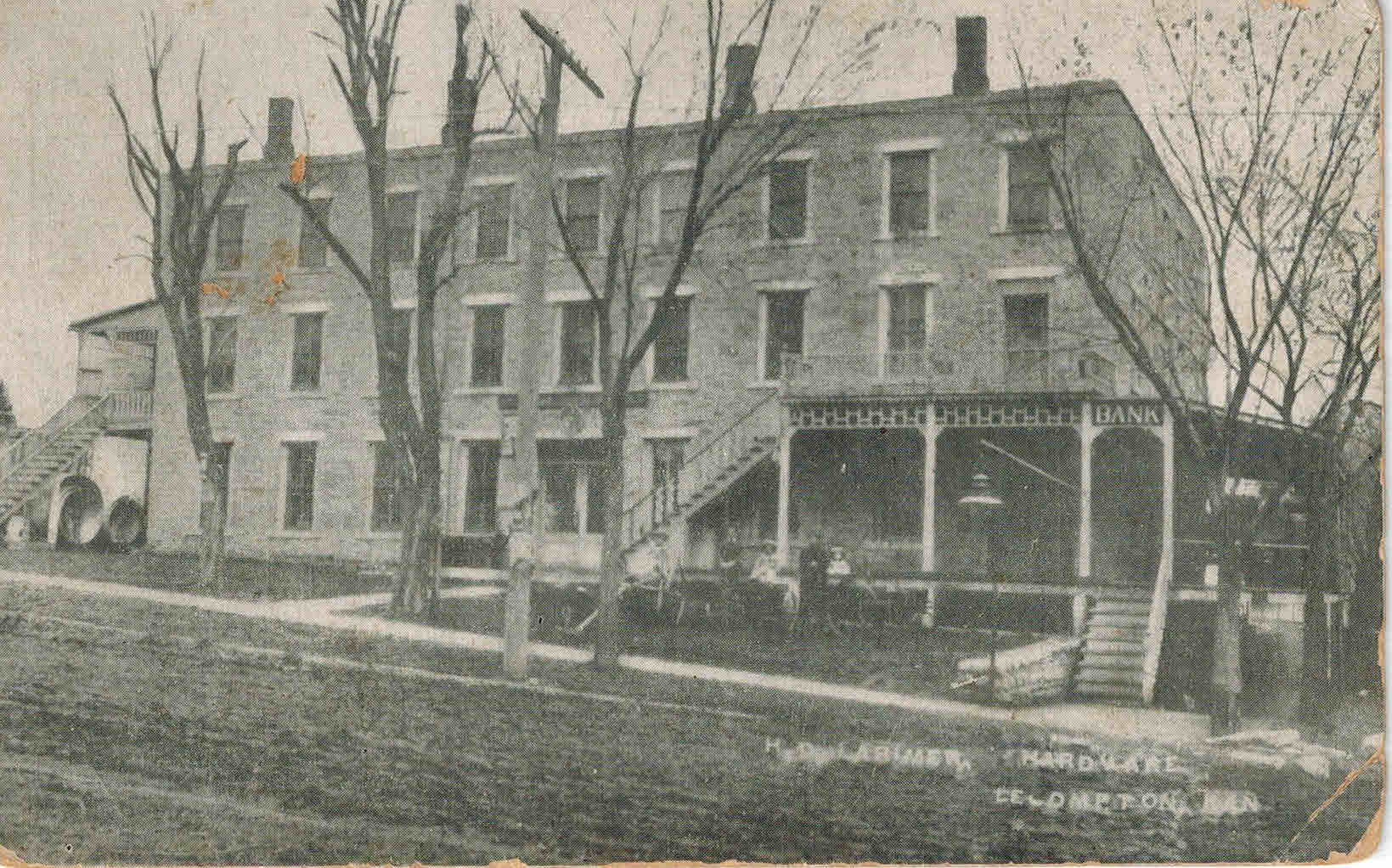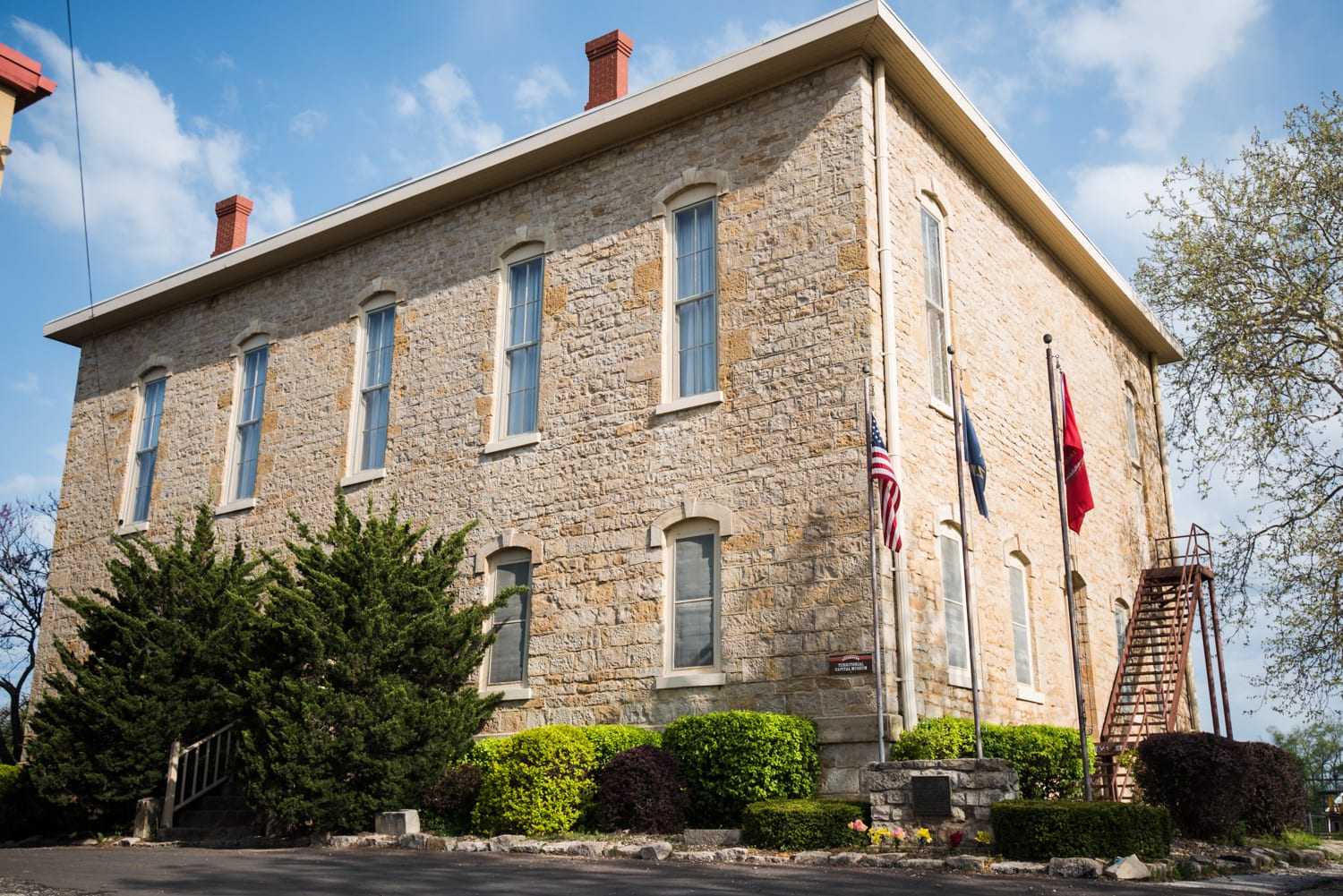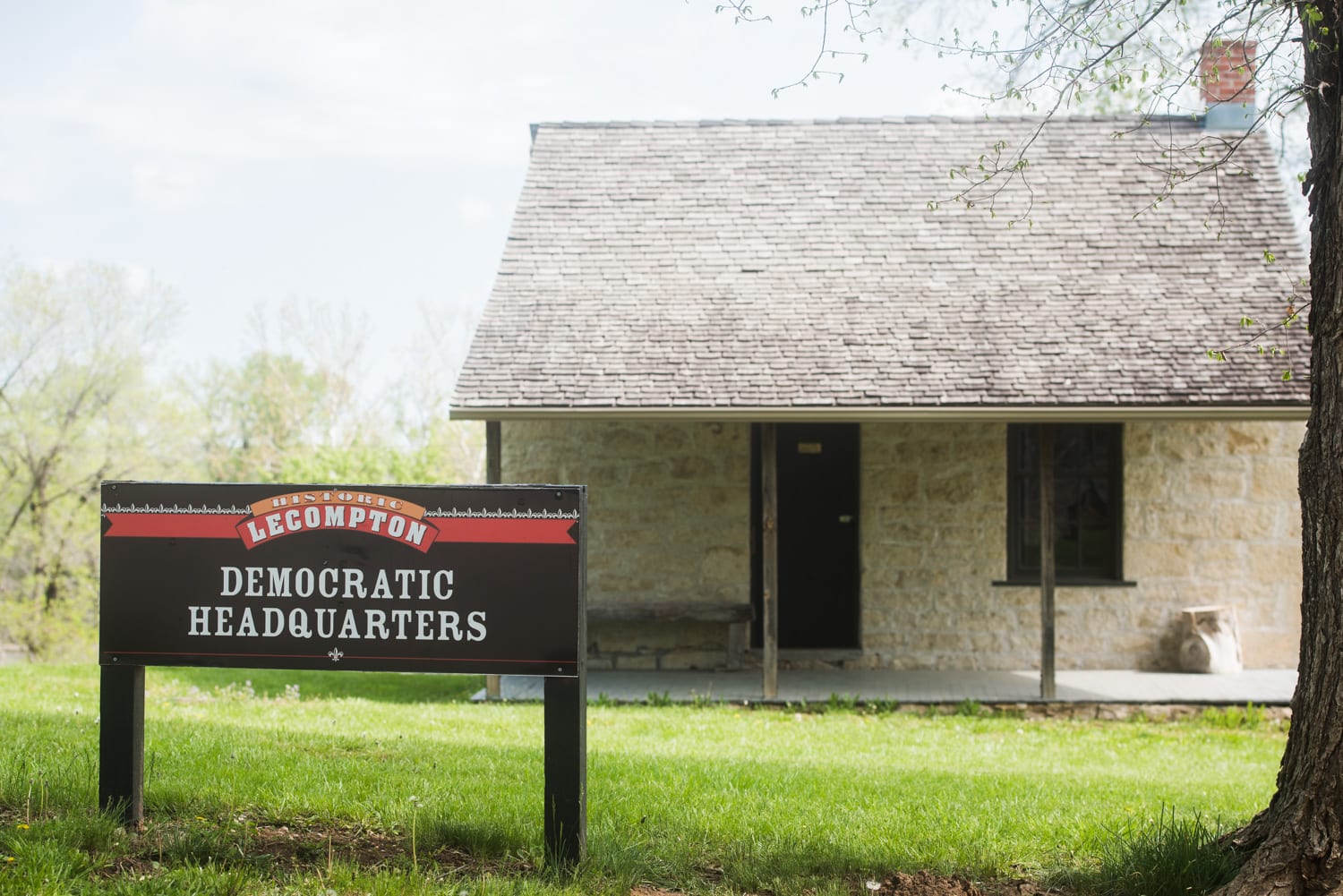Lecompton was founded in 1854 on a 640-acre Wyandotte Indian land claim on the south bank of the Kansas River. The town, which was originally named Bald Eagle because of the many eagles that nested along the river, was renamed later that year to honor Judge Samuel D. Lecompte, the chief justice of the Kansas territorial supreme court. In 1855, the territorial legislature chose Lecompton to be the only official and permanent capital of the Kansas Territory.
Learn more about Lecompton – the political birthplace of the American Civil War – by visiting our two museums, Constitution Hall, Lane University, plus other historic sites, restaurants and shops.

Constitution Hall
Built in 1856 by Sheriff Samuel J. Jones – who used native cottonwood and black walnut lumber cut from his steam sawmill on the Kaw River – Constitution Hall is the oldest wood-frame, civilian structure left standing in its original location in Kansas. Learn more…

Territorial Capital Museum (Lane University)
This museum sits on the grounds of the former 13-acre Lecompton capital square district. In 1855, construction of an elegant capital building began with a $50,000 appropriation from Congress. By 1857, however, all the money was spent, and antislavery legislators had gained control of the territorial legislature. Learn more…

Democratic Headquarters
This stone building was the headquarters of the Democratic Party during the Kansas Territorial period (1854-61). The cabin was used during a time when Lecompton, known as “The Birthplace of the Kansas Democratic Party,” was the territorial capital and stood at the center of national attention. Learn more…













